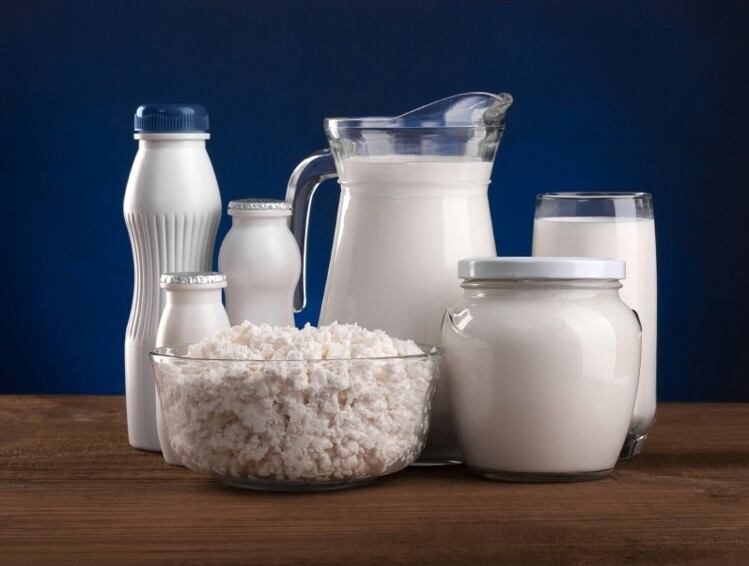According to US export trade data, ASEAN has overtaken Mexico the become the largest US dairy export destination by volume as of August 2020 and is likely to retain this top position if current shipment trends continue.
“Skim milk powder exports have led this growth, climbing 76% year-to-date through August to 232,000 MT, already exceeding the 12-month volume of 227,000MT last year,” USDEC Southeast Asia Regional Director Dalilah Ghazalay told FoodNavigator-Asia.
“US lactose exports to South East Asia are also up 14% to 67,200 MT year-to-date, and whey exports to South East Asia are also 5% higher through August reaching 81,700 MT year-to-date.
“[These are significant numbers because even in 2019], exports of major U.S. dairy products to South East Asia had already reached a new record volume of 450,000 MT, up 2% over the prior year, with the Philippines, Indonesia and Vietnam accounting for nearly 75% of this export volume.”
USDEC believes that one of the reasons for this rapid growth can be attributed to the region’s demand for healthier foods and beverages, especially when it comes to high-protein products.
“[Within ASEAN], Thailand has been at the forefront regionally of introducing protein-enriched food and beverage products over the last few years, [and] a Nielsen study showed that in Thailand, 'helping keep the immune system strong' is the top ranked benefit that consumers are willing to pay more for,” said Ghazalay.
“Consumers in ASEAN are also becoming more health-conscious and aware – [studies have shown that] Singaporeans are placing a high priority on making healthier choices, allocating the highest portion of living expenses (34%) on healthier meal choices.
“The smart snacking trend is also picking up, specifically in Malaysia [where] many consumers are choosing snacks beneficial to their health. These are all categories which dairy can innovate for.”
Dairy protein as a category has also seen significant growth in the region, attributed to perceived health and wellness benefits. For example, US whey protein isolate exports to ASEAN grew 41% from January to August 2020 to hit 3,447MT.
“[Compared] to the US, ASEAN consumers are still in the early phases of recognizing the beneficial roles of whey and milk proteins in helping support weight management, muscle health and healthy ageing, [but there is a rising interest],” she added.
“A recent USDEC study in Singapore and Thailand [saw] 98% of respondents say they think about healthy aging, but less than half believe they are well prepared (in terms of the food they eat and how they take care of their health) to grow old healthfully, and views on protein were also generally positive.”
The study also found that 80% of respondents believe protein-enriched foods are important for healthy ageing, and 84% believe that protein-enriched foods are beneficial for children's development.
“These insights reaffirm that consumer potential for protein products is there, that consumers are likely to be receptive to protein messaging, and that an effective strategy to reach consumers would be to emphasize the healthy ageing aspects of dairy protein consumption,” Ghazalay stressed.
“So protein is really an exciting business opportunity for the region’s F&B manufacturers to innovate health and wellness products whether in Western, Asian or fusion styles.”
E-commerce
The rapid rise of e-commerce was also identified as a key drive for trade between the US and ASEAN.
“A key trend for trade between the U.S. and ASEAN is the increasing usage of cross border e-commerce to accelerate the buying process, making it more convenient than ever for consumers to purchase overseas goods digitally,’ said Ghazalay.
“South East Asia sports a mobile-first demographic where most of the Internet browsing and shopping is done online. Moreover, grocery shopping has now turned digital too, for example on platforms such as Amazon, where consumers can browse, shop and purchase online and have fresh goods delivered to their doorstep in the same day of purchase.”
“One of the formats of exports within the online shopping category that is seeing an exponential increase in demand is packaged food [and] as emerging ASEAN economies develop, [demand] for packaged food is likely to rise.
“Most ASEAN markets currently consume a lower proportion of packaged food compared to the global average and developed markets, [but] the demand for healthy, packaged food will continue to grow at a high rate [and] these are trends F&B manufacturers can no longer ignore.”
US CDE in Singapore
Testament to the USDEC’s confidence in the potential within Southeast Asia, the council has set up what it calls a Centre for Dairy Excellence (CDE) in Singapore, also its first overseas physical investment.
The centre houses facilities such as a state-of-the-art demonstration kitchen and sensory evaluation lab and aims to act as a central base to cater to the ASEAN region.
“Southeast Asia was chosen as the home for the new U.S. CDE based on many factors, [including] the region’s large middle class buoyed by higher purchasing power, the dynamic local F&B industry sector alongside rising consumer health consciousness,” said Ghazalay.
“[These are] also critical factors supporting why Southeast Asia represents an attractive, long-term growth opportunity for US Dairy.”
We’ll be shining the spotlight on Active Nutrition in our Growth Asia 2020 interactive broadcast series. Register for free here.




